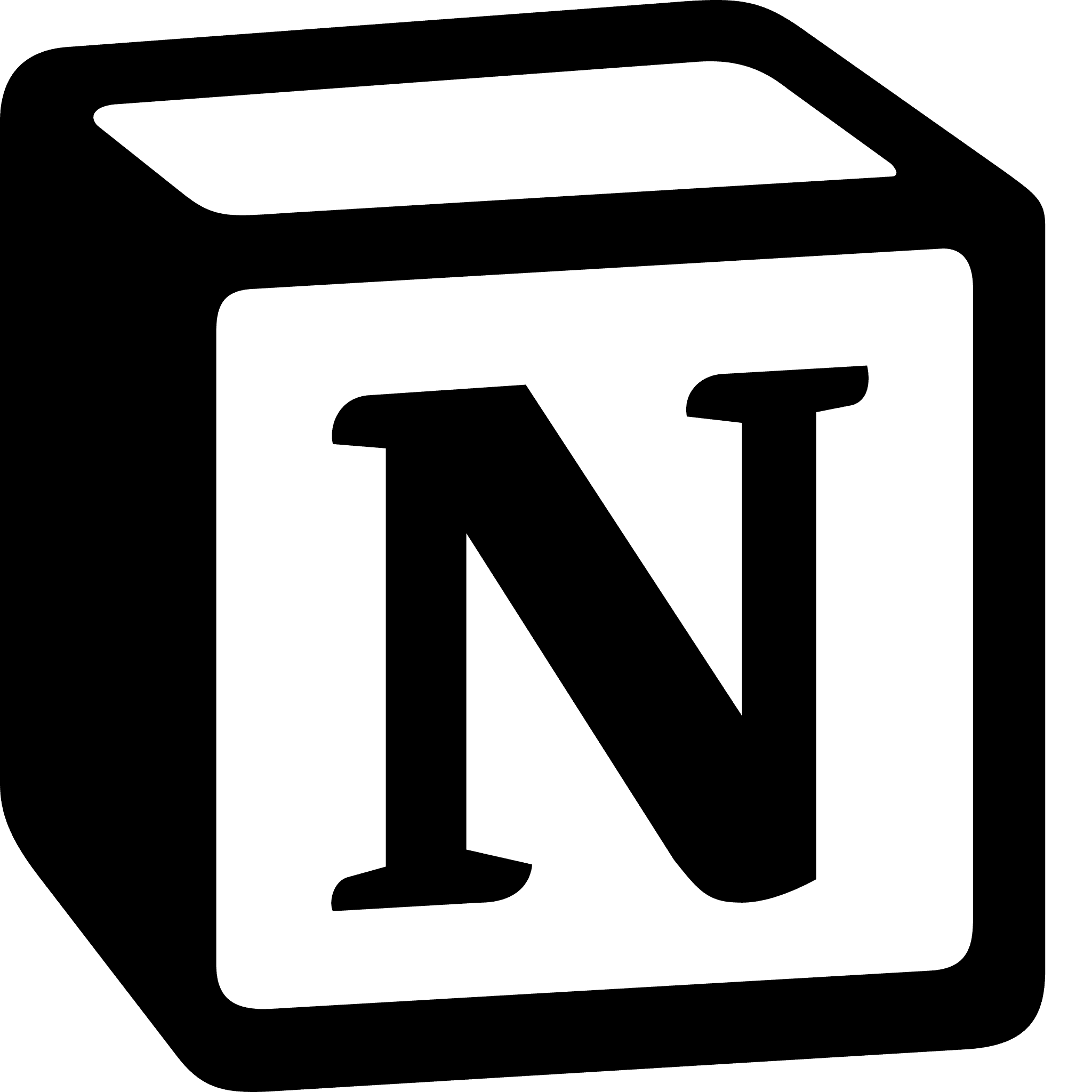Connect Admissions
Background
Connect Admission is a web‑based roadmap designed to guide Egyptian high school students through the U.S. college admissions process. Rather than offering scattered tips, it delivers a step‑by‑step curriculum that covers everything from admissions terminology and application platforms to academic records, financial aid, essays and campus life. The platform’s mission is to make expert admissions guidance accessible for students who might not have private counselors or expensive resources.
As the product manager and founder, I collaborate with a small team of developers and designers to plan features, oversee development, and ensure quality across the user experience. I also work directly with high school students, educators and mentors to gather feedback and iterate on the product.
Overview
Many Egyptian students aspire to study in the U.S., but access to accurate admissions guidance is limited. Inspired by this gap, I built Connect to democratise U.S. admissions knowledge. The site features an interactive roadmap with lessons like “Terms & Basics,” “Types of U.S. Schools,” “Selecting a Major” and “Admission Cycles & Due Dates”. Each lesson contains a video and comprehensive article that defines key roles (admission officer, counselor), explains platforms (Common App, Coalition), covers transcripts, GPA and standardized tests, and demystifies admission types (ED, EA, RD, rolling).
Users can navigate forward or backward through the curriculum and track their progress via a sidebar indicator.
Project Details
⌚ Project Duration: ~9 months
👤 Role: Product manager, PMO, researcher and content curator
👥 Stakeholders: 3 engineers, 1 designer, 20+ volunteer mentors
Tech Stack
Goal
The objective was to create a free, flexible learning experience that could reduce confusion and increase confidence among first‑generation and resource‑constrained students. Our north‑star metrics include the number of registered users, lesson completion rates, and community engagement (e.g. Slack questions answered).
Research
To scope the problem, I conducted semi‑structured interviews with Egyptian students aspiring to attend U.S. universities. Our research questions included:
Do students understand what U.S. admissions entails?
What knowledge gaps exist around application platforms, testing, financial aid and essays?
Which existing websites or resources have they tried, and where do they fall short?
How do students prefer to consume information—videos, articles, checklists?
Feedback revealed that most free resources were either too generic or fragmented. Students wanted a structured path and examples tailored to non‑U.S. contexts. We also reviewed competitive sites like College Board, EdX and international admissions blogs to understand existing mental models.
Solution design philosophy
Our guiding principle was to deliver maximum impact with minimal friction. Instead of building a feature‑heavy portal, we focused on a clear, modular roadmap. We repurposed existing admissions documentation and personal insights to craft lessons and used simple UI patterns to keep the experience accessible. Key choices included:
Progressive learning: Users start with fundamentals (terminology, roles) before moving on to advanced topics (essay writing, financial aid).
Flexible navigation: A sidebar shows categories and allows users to jump back and forthconnectadmission.com.
Implementation and Usability Testing
We developed a sign‑up flow that collects first and last names, email and a strong password (with requirements clearly displayed). Once logged in, users can access the roadmap and a dashboard summarizing sections like “U.S. Admission Process Basics,” “Generating a Theme,” and “Building and Writing Activities”. We created hi‑fidelity prototypes in Figma and recruited high‑school students to test usability. Iterative rounds helped refine navigation, clarify terminology and ensure content readability.
For analytics, we defined event tracking to measure page visits, video plays, lesson completions and retention. A Notion document captures each event name, description and properties (e.g. lesson ID, timestamp).
Outcomes
Early adoption: Within the first month of launch, dozens of students signed up and began working through the roadmap. Completion rates on early lessons exceeded 60%, and many students returned to continue learning—positive signs for engagement and retention.
Community growth: Our Slack community is growing steadily. Students are asking about essay topics, scholarship eligibility and test prep. The “Ask a Question” contact options in the FAQ are being used frequently.
Feedback loop: Beta testers praise the structured approach and the clarity of definitions. They appreciate that the platform is free and note the value of features like the progress tracker and goal‑setting reminders. Several U.S. college counselors have expressed interest in using the platform as a teaching tool.




